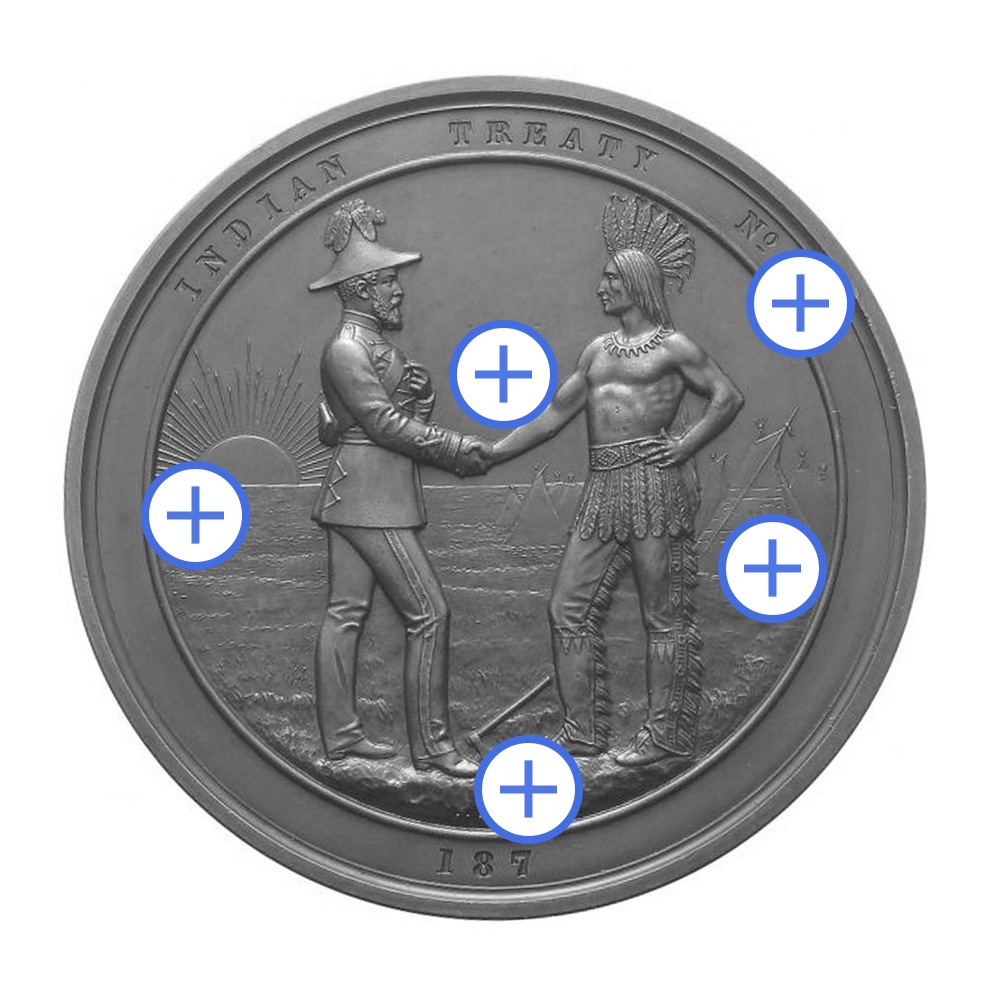Later Treaties
In 1763, a document titled the Royal Proclamation contained a number of significant provisions. It integrated the French territories into the new Province of Québec. The Royal Proclamation also specified that future negotiations with First Nations were to be between First Nations and representatives of the British crown, not with private individuals, and that these negotiations would take the form of written treaties. Furthermore, many view the Royal Proclamation as the first legal instrument unilaterally issued by the Crown that recognizes the fundamental rights of First Nations to their lands and resources, and their sovereignty.
A series of treaties were signed after the Royal Proclamation: the Upper Canada Treaties (1764 to 1862) and the Vancouver Island Treaties (1850 to 1854). The American War of Independence and the creation of the United States of America resulted in the British assigning land to a flood of immigrant British loyalists from the new United States of America and to First Nations allies of Britain who lived in the new country during the American War of Independence. The need for more land caused the British to exert greater pressure on First Nations.

View the Chiefs signatures on the treaty with the Chippewa, October 4, 1842.
pdf • 2 MB
By the 1830s, First Nations found themselves forced into small remnants of their original territories that were economically unsustainable, with limited opportunities for growth, and increasingly losing access to medicinal plants and food, and hunting and fishing grounds. From 1871 on, the Canadian government signed treaties with First Nations for the development of farming and resource exploitation in the west and north of the country. These particular treaties have come to be known as the Numbered Treaties associated with Northern Ontario, Manitoba, Saskatchewan, Alberta and parts of the Yukon, the Northwest Territories and British Columbia.

Treaty Medals
Treaty medals were made to commemorate Treaty Numbers 3-7. Learn more about the symbolism behind the design.

Shape
The medal is a circle that represents a coming together of two nations. The circle is sacred because it imitates Creation.
Shaking Hands
One person on this medal represents the Crown while the other represents the First Nations. They’re not only shaking hands but holding hands making a promise to each other. Both men are standing on equal ground, each respecting each other.
Teepees
Many teepees represent many different First Nations.
Sun and Grass
The symbols of Creation are represented by water, sun and the grass where the teepees stand. It is commonly said that the treaties will last “for as long as the sun shines, the grasses grow and the rivers flow.”
Hatchet
The hatchet buried on the ground acknowledges treaties are about peace and living together in harmony.
